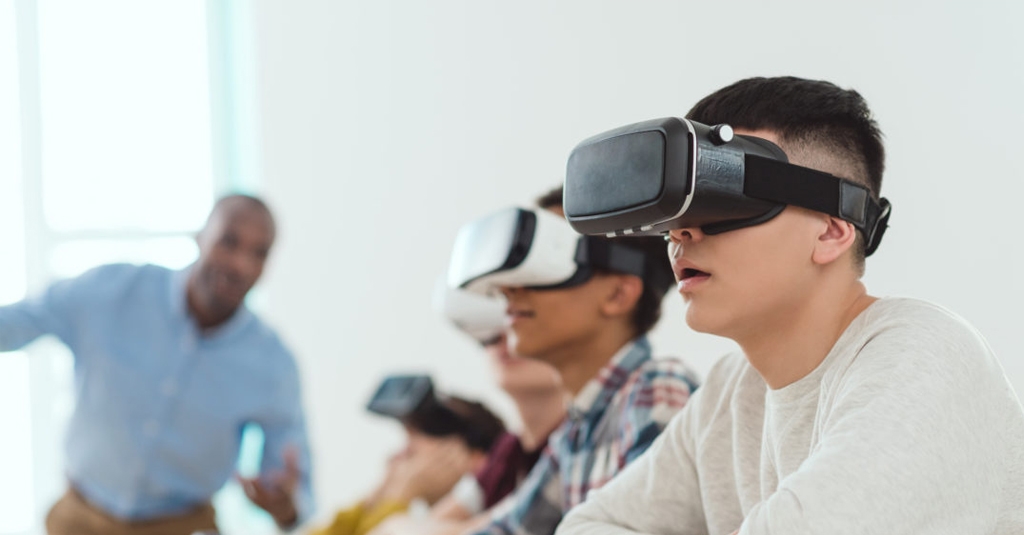Innovative e-learning solutions are taken into consideration by modern learners, who are tech-savvy and want learning to be aligned with different technologies they access in everyday lives. Organizations in the healthcare domain leverage the benefits of just-in-time learning to impart several opportunities for the surgeons, nurses and other healthcare experts to learn at their own pace. The adoption of e-learning technologies in this sector helps to boost the overall learning efficiency and knowledge competency.
The healthcare companies aim to deliver mobile-enabled simulations to effectively train their clinicians, thereby mitigating the risks to the lives of patients. There are several training challenges faced by the healthcare sector, some of these are outlined here:
- Traditional classroom-based approach is not interactive enough and requires huge investments in infrastructural costs, training time and more.
- Human skeletal is used by clinicians to train surgeons, which lacked the use of visual aids and practical know-how.
- To explain the entire surgical scenario with accuracy on technical details is another challenge. If healthcare professionals are familiar with the technology-inclined process, it would definitely improve the life-saving procedure.
- There is also a need to create video-based training courses and reduce the chances of life-risky situations.
- The need to initiate multiple device movement at the same time triggered by the action performed by the user.
To address the above discussed challenges, we have created highly effective simulation-based online courses. The availability of training content across personalized mobile devices such as smartphones and tablets, help clinicians to undergo training anytime and from anywhere. Several components included within e-courses to improve the overall employee engagement and retention levels are discussed as follows:
- Simulations help to replace the actual surgical scenario and replicate crucial aspects of the real world in an engaging way. Highly interactive 3D elements help the learners to understand the content better. Learners are able to imagine themselves in familiar situations and are able to recall better, as well as assimilate the new learning process.
- Audio plays a significant role in creating a background score to explain the surgical procedures. Step-by-step instructions are explained well in a straightforward manner and the use of complicated jargons are avoided.
- Microworlds are also designed to provide the learners with a virtual representation of a real environment. Simulations within the microworld impart learners with an opportunity to physically interact with the virtual environment and learn from their experiences. Interactivities such as placing objects, click and drop, etc. help to develop the learner’s physical and cognitive skills.
- Graphics are effectively used to ensure that the characters are in the foreground, but the judicious use of interactive graphics makes sure that high quality videos are retained.
Simulation-based learning has proved successful for corporate workforce training and now being utilized to cater to the pertinent training needs of diversified audiences. Short and crisp videos embedded with online courses improve learner’s understanding of the surgical procedures within a simulated learning environment. The delivery of customized online courses plays a major role in bridging the gap between the patient and the doctor. Today, technology is helping the healthcare industry to reach out to their patients and set new standards of a healthy living. With ever-evolving training needs, G-Cube has geared up to provide efficient e-learning solutions for the healthcare industry. In addition, we have also set a benchmark in delivering personalized e-learning solutions to the aviation, retail, finance, automobile and other sectors. For more details, write to in**@gc**********.net.








